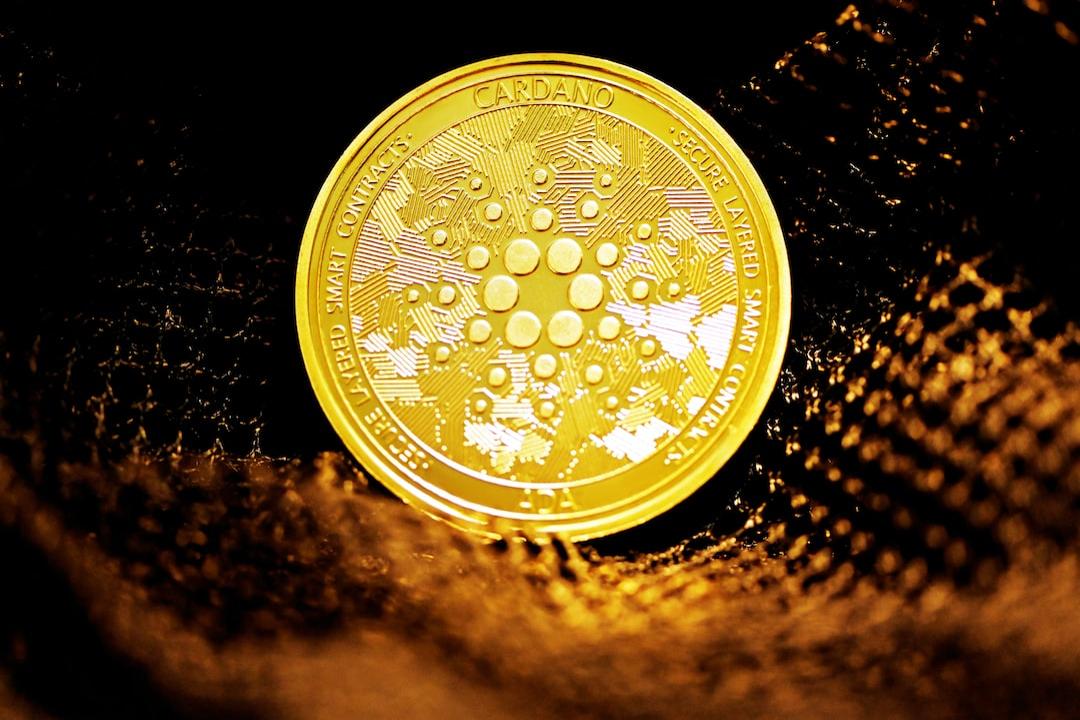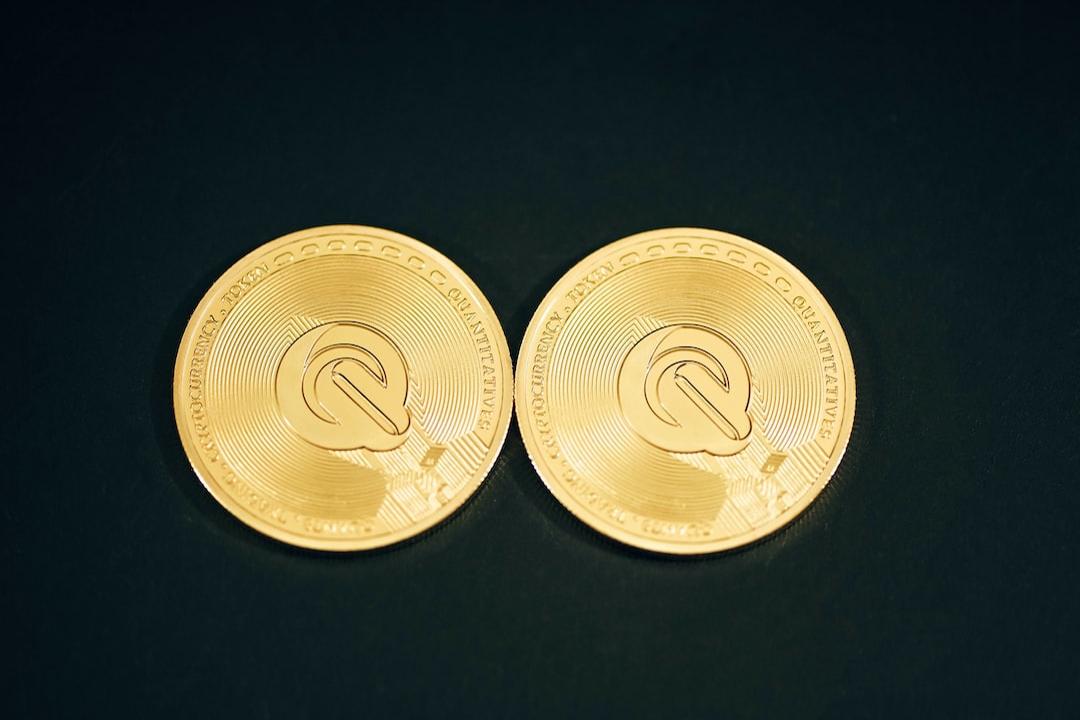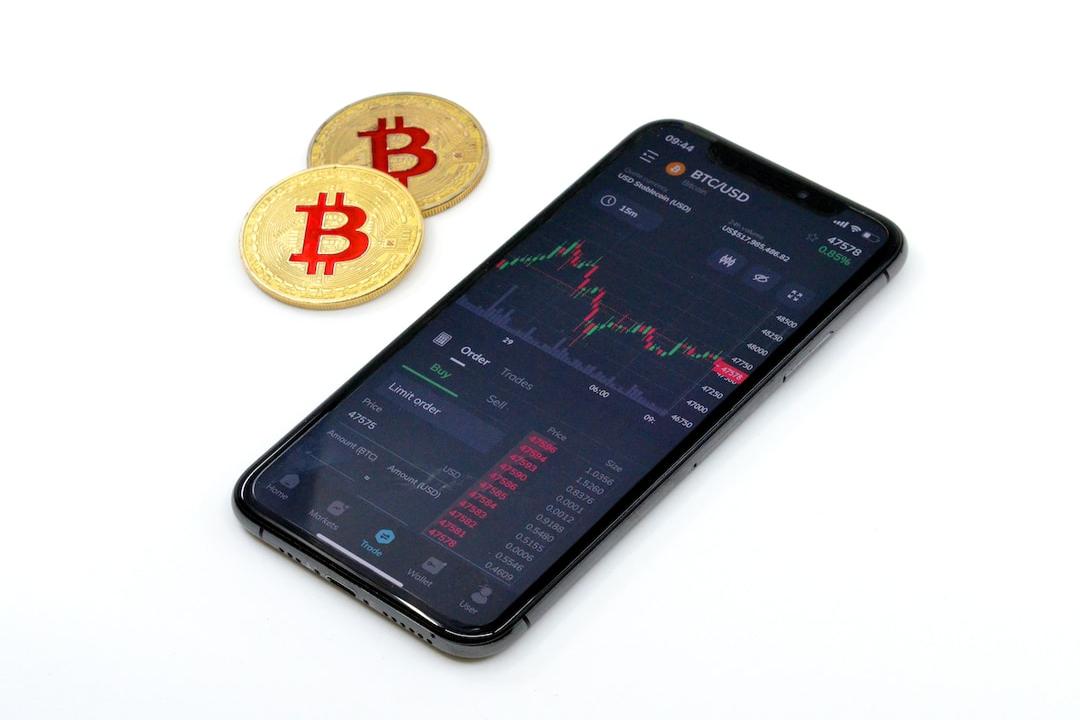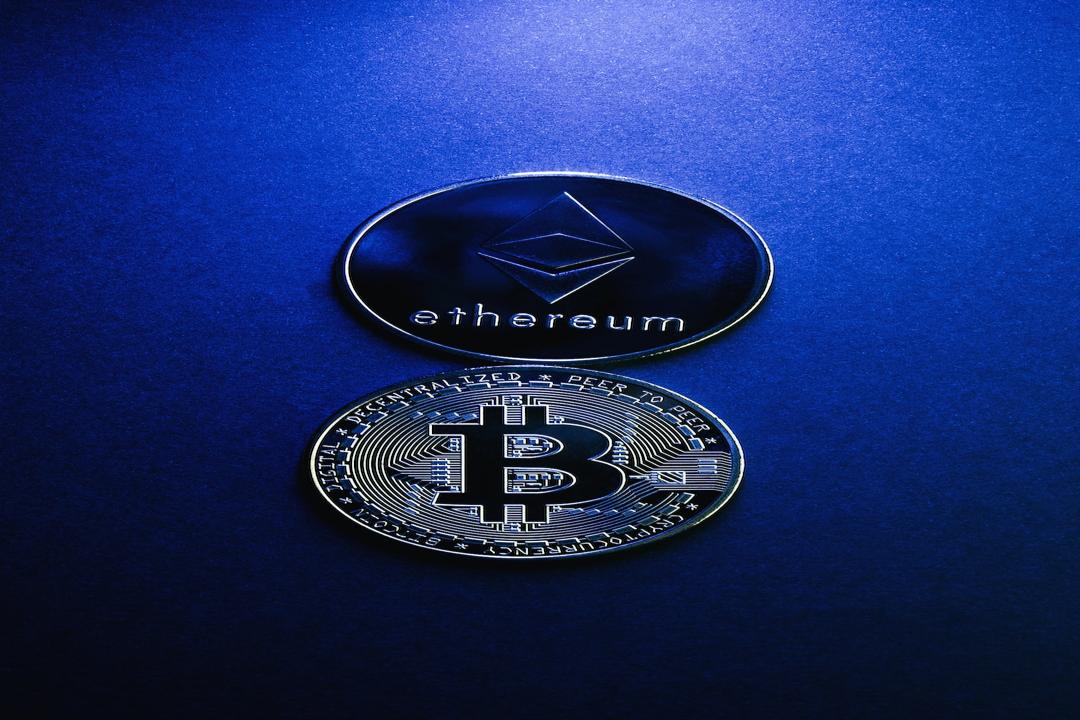Summary:
With the rapid development of artificial intelligence (AI) technology, it has become increasingly difficult to distinguish between humans and AI in the digital environment. Tools for Humanity has developed relevant technology and infrastructure to address the need for verifying human identity.
World ID is a digital identity infrastructure designed to prove that users are human. It uses zero-knowledge proof technology to confirm identity without disclosing personal information.
In addition to basic identity verification, World ID operates as a digital identity platform. It supports SDK integration and optional identity verification, making it effective in multiple industries.
The World Network project, founded by Alex Blania and Sam Altman, aims to identify and protect real humans in the digital environment. It uses iris recognition as the most reliable biometric information for identity verification.
The process of human identity verification through World Network involves installing the World App on a smartphone, creating a World ID, scanning the World ID QR code with an Orb device, capturing iris and facial images, and generating an iris code for verification. The iris code is transmitted to the user’s smartphone using end-to-end encryption, ensuring data security.
World ID serves as a flexible digital identity platform and has been integrated with major service platforms like Shopify, Telegram, and Reddit. It allows users to associate government-issued identification documents with their World ID for additional identity information verification.
The use of World ID addresses challenges in social media services, subscription platforms, and concert ticket markets by preventing fake accounts, reducing multiple account abuse, and streamlining entry processes.
Overall, World ID is becoming a new standard for digital identity verification in the AI era.5.4. Application of World ID in E-commerce

Fake Review Example
Image /
WIRED
World ID has significant potential applications in the e-commerce industry. In recent years, the e-commerce industry has been growing rapidly, but with the advancement of artificial intelligence technology, the industry also faces new challenges.
One of the main issues is the reliability of review systems, as users’ purchasing decisions heavily rely on these reviews.
Artificial intelligence technology has made it easier to generate large-scale fake reviews, weakening users’ ability to make rational purchasing decisions.
According to research by the UK government, 11-15% of reviews for common products in the UK e-commerce market may be fake.
Large platforms like Amazon also face this issue, leading to an increase in user complaints.
Most e-commerce platforms typically address the reliability of reviews only after problems occur, while World ID offers a proactive solution. By only allowing verified real shoppers through World ID to write reviews, it can effectively reduce AI-generated fake reviews.
This approach helps buyers make more rational decisions and improves the overall reliability of the e-commerce ecosystem.
5.5. Application of World ID in Crime Prevention, Including Deep Fakes

Image /
KnowBe4
A notable example is North Korean developers using deep fake technology to forge identities to secure employment.
With the increase in remote work positions, such incidents are also on the rise. These developers have been found using fake identities to participate in projects like Injective, Fantom, and SushiSwap.
They use deep fake technology in identity verification processes, such as impersonating legitimate applicants during video interviews. Once successfully employed, they attempt to infiltrate internal systems and steal funds.
In February of this year, a security vulnerability at multinational company Arup highlighted the severity of this issue.
Criminals impersonated the company’s CFO, using fake voice and images in video conferences to deceive employees, and obtained sensitive information through phishing emails.
This event demonstrates that AI-driven crimes are no longer just theoretical threats but are causing real harm.
These cases show that traditional methods of identity verification are no longer sufficient to provide security.
To address this, World Network has introduced World ID Deep Face. This feature confirms the presence of real humans in video conferences and streaming media to combat the risk of deep fakes.

Operation of World ID Deep Face
Image /
World Network
World ID Deep Face can be accessed through the World application and desktop, and can be used as an SDK extension. The technology seamlessly integrates into platforms like Google Meet, Zoom, Twitch, and YouTube, enhancing security and preventing identity fraud.
Additionally, it can be applied to recruitment platforms and other services requiring identity verification. World ID Deep Face is expected to be a crucial tool in combating AI-driven identity fraud.
6. Challenges Faced by World ID and Their Solutions
With its outstanding security and usability, World ID has the potential to become a core identity verification tool in the AI era. However, there are still challenges that need to be overcome.
Main issues include: 1) public resistance to using biometric information, 2) the risk of abuse of World ID, and 3) physical accessibility of Orb devices.
6.1. Public Resistance to the Use of Biometric Information
While World Network’s human verification methods are highly authentic, there is still public resistance to using biometric information. The main concern of the public is privacy breaches. To gain trust, World Network must implement robust security measures.
World Network addresses this issue by adopting Secure Multi-Party Computation (SMPC) technology. This method segments iris codes into multiple parts, stores them in a distributed and de-identified manner, and manages them as numerical data rather than images.
Furthermore, after verification is completed, only World ID is used for identity verification without involving the iris code itself. These security measures are aimed at alleviating public concerns about using biometric data.

Image /
Apple Optic ID (Left), Samsung Face Recognition (Right)
The application of biometric technology in various industries has played a vital role in enhancing societal acceptance.
As biometric technologies like Apple’s Optic ID and Samsung’s facial recognition gradually become integrated into daily life, people may become more accustomed and accepting.
This gradual exposure helps increase public awareness, accelerating the adoption of World ID.
6.2. Potential Abuse of World ID
Another challenge faced by World ID is the risk of abuse through account sales.
In traditional industries, account sales activities conducted through ID transactions are common, and the sensitive biometric data used by World ID, such as iris scans, may also face similar transaction risks. Such account transactions may affect the system’s reliability.
To address this, World Network has implemented various security measures. For example, World ID authentication uses facial image data stored on the user’s smartphone.
Additionally, if users unknowingly sell their accounts, they can still recover them through the World ID reset function. These protective measures aim to prevent account sales, loss, or theft, providing security for users while enhancing system flexibility and reducing abuse.

Image /
Vitalik Buterin
By expanding the World ID ecosystem, abuse can naturally be reduced. Sold accounts often lack the natural activity of genuine users and exhibit different behavioral patterns.
By first conducting hardware-based biometric authentication and gradually incorporating social graph verification, it is possible to better verify the authenticity of users.
With increased user activity, monitoring and identifying the behavioral patterns of sold accounts becomes easier. Vitalik Buterin also suggests that combining biometric and social graph verification can help establish long-term trust.
6.3. Accessibility Issues of Orb
While World ID’s iris authentication provides high security, the need for face-to-face verification through Orb devices poses a significant barrier.
This is not only a distance issue but also involves challenges in mass-producing and distributing high-cost Orb devices on a global scale.

Functionality of Orb 2.0
Image /
World Network
To address this issue, World Network is opening up the design of Orb to support production on a global scale.
Additionally, they are collaborating with South Korean company Chain Partners to jointly develop hardware through the second Orb project. The newly launched Orb 2.0 has a faster production speed, accelerates the verification process, and reduces the use of parts by 30%, significantly improving production efficiency.

On-Demand Provision of Orb
Image /
World Network
The plan is to place Orb devices in everyday locations such as coffee shops to improve user accessibility.
In South America, they will introduce the “On-Demand Orb” service in partnership with Rappi, allowing users to conduct World ID verification at home.
While this expanded accessibility brings new challenges like ATM-like management and security issues, World Network’s efforts are a significant step towards establishing a global human identity verification infrastructure.
7. Conclusion
With the rapid advancement of AI technology, distinguishing between humans and AI is becoming increasingly challenging. Therefore, the need to prove human identity is more urgent than ever.
However, this is not a simple task. The challenge lies in how to verify the identities of approximately 8.1 billion people globally, a process that is both complex and massive.

Image /
Times of India
In many cases, biometric technology is considered the most effective option.
India’s Aadhaar system is a typical example. Through the use of iris and fingerprint recognition, the Indian government successfully registered around 95% of the adult population.
This system has greatly simplified access to services like financial activities. In a country with a population exceeding 1.4 billion, successfully implementing such a large-scale biometric system demonstrates the enormous potential of biometric-based identity verification and the feasibility of global systems like World Network.
World Network is built on this approach. It combines zero-knowledge proofs and blockchain technology to enhance security and privacy protection.
Currently, multiple real-world applications are in progress. For example, the Malaysian government’s digital certificate project adopts World Network’s iris scanning technology. Additionally, WorldChain aims to enhance the scalability of global applications by creating a permissionless system.
These technological advancements indicate that World Network has the potential to evolve from simple human identity verification into a global identity infrastructure.
However, challenges still exist. Low societal acceptance, the risk of abuse, and regulatory issues are major obstacles. How World Network addresses these challenges will be crucial to its comprehensive development.
This article is a collaboration reprint from:
Deep Tide

